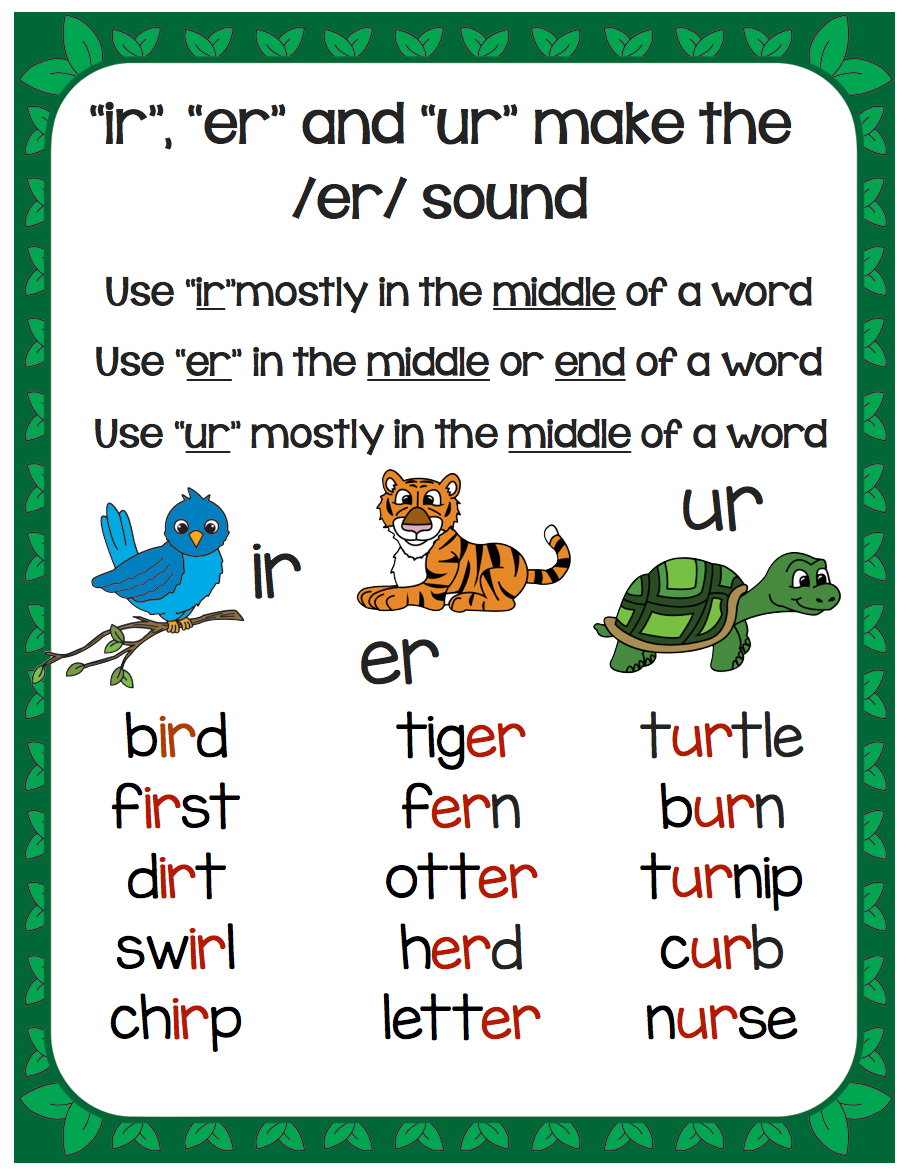

They can also try to spell the words.Ĭlick on the following link for a free PowerPoint version of this resource.
Er words download#
You can download resources for other digraphs from our free digraph worksheets page.Ĭhildren need to decide which pictures represent words that contain the ‘er’ digraph. We’ve also made free PowerPoint versions of some of the resources.

Click on the headings or the images below to access these resources. We’ve created the following worksheets that you to download for free. If the word still doesn’t make sense to them, then it might be outside their vocabulary and they should ask an adult for help. Teach children to try the separate sounds when none of the alternative digraph sounds help them to sound out a recognisable word. This normally happens when the letter pair is at the boundary between two syllables.įor example, the letters ‘e’ and ‘r’ are pronounced as separate sounds in the words ‘very’, ‘peril’ and ‘cleric’. It’s also worth pointing out to children that in some words ‘er’ doesn’t act as a digraph at all.
Er words how to#
The ‘Sounds American’ videos below give a thorough description of the alternative pronunciations of the common sounds for the er digraph in American accents.Īnd the video below gives a more detailed explanation of how to differentiate between the two sounds:

The IPA symbol for this sound is /ɚ/ in American English. However, it can also occur in words with an initial unstressed syllable such as b erserk and p erhaps. For example, in words such as flow er, supp er and mix er. This happens most often at the end of words with more than one syllable. However, the sound is said in a more relaxed way, which means it’s said a bit more quickly and quietly with a lower tone. You can hear the sounds in the Wikipedia IPA Help page.Ī similar, sound is often pronounced when the digraph represents part of an unstressed syllable. The International Phonetic Alphabet (IPA) symbol for this sound is /ɜ:/ in British RP English and /ɝ/ in American English. There’s some variation in the way the digraph is pronounced in different English-speaking countries and even within different regions in the same country. The same sound is sometimes represented by other digraphs such as ‘ir’ in bird and ‘ur’ in burn. The most common sound associated with the er digraph is the /ur/ sound, which is found in words such as ‘h er’, k erb, h erd, t erm and p erson.


 0 kommentar(er)
0 kommentar(er)
